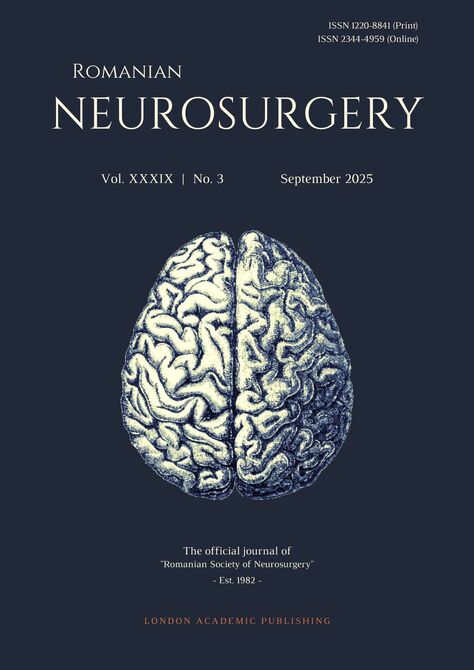Abstract
Background: Myelomeningocele (MMC) is the most prevalent neural tube defect, with significant implications for both health and development. The presence of associated brain abnormalities is crucial in determining the prognosis for affected children, making early detection and accurate diagnosis essential.
Objective: This study aimed to evaluate the prevalence of brain abnormalities in children with MMC, assess the accessibility of cranial imaging, and identify the most common associated brain malformations.
Methods: A retrospective study was conducted, focusing on children diagnosed with myelomeningocele and admitted to Kinshasa University Teaching Hospital from January 2014 to December 2021. The study reviewed clinical data, including the use of cranial tomography, and identified the frequency and types of brain abnormalities.
Results: Thirty-five children with MMC underwent cranial tomography. The average age of these patients was 43 days, and the male-to-female ratio was 1.5. Notably, 34.3% of mothers did not undergo any obstetric ultrasound, and only 5.7% of mothers who had an ultrasound received an antenatal diagnosis of MMC. Brain abnormalities were observed in 91.4% of the cases. Hydrocephalus was the most prevalent anomaly (93.7%), with aqueductal stenosis identified as the primary cause (60%). The most common surgical treatment was the simultaneous treatment of MMC with ventriculoperitoneal shunt (44.4%). Postoperative recovery was uneventful in 59.2% of patients.
Conclusion: The study highlights the high prevalence of brain abnormalities in children with myelomeningocele, particularly hydrocephalus caused by aqueductal stenosis at Kinshasa University Teaching Hospital. The findings underscore the critical need for improved access to prenatal care and diagnostic imaging to detect congenital malformations early, especially in resource-limited settings like Kinshasa.















